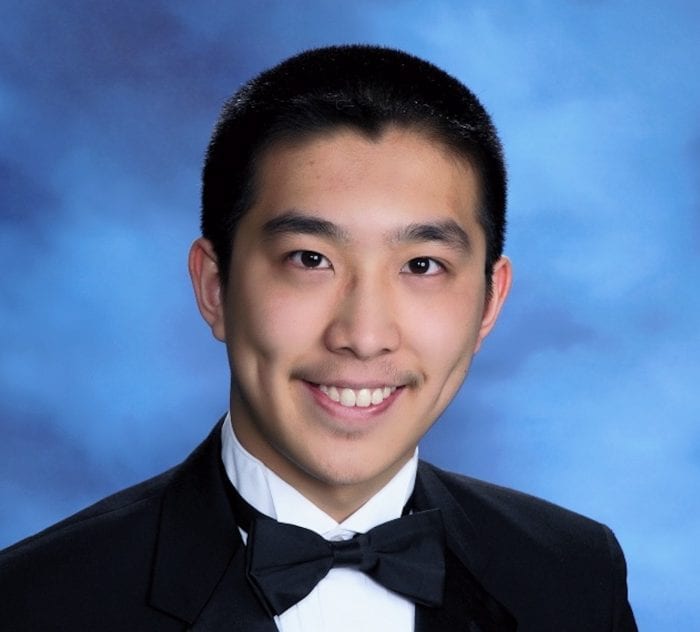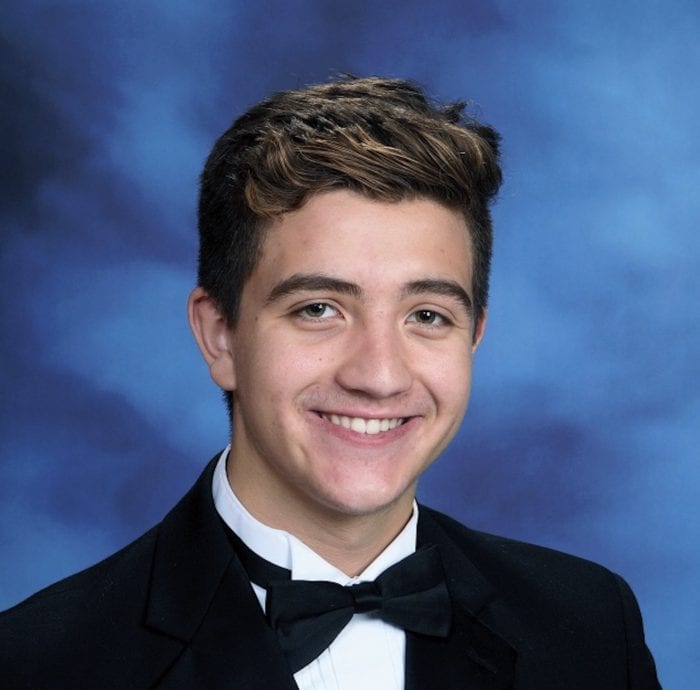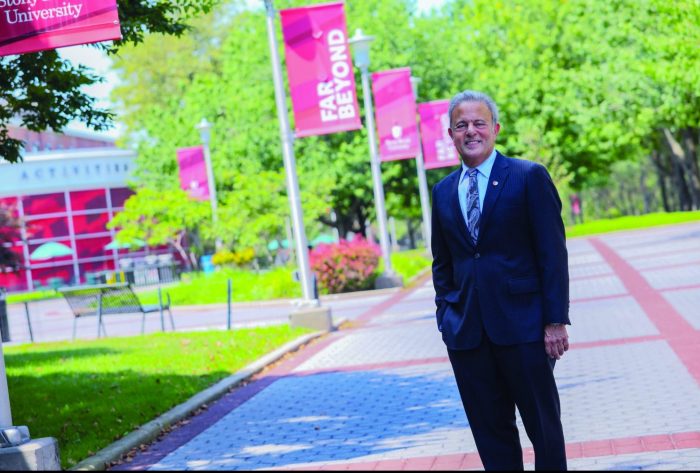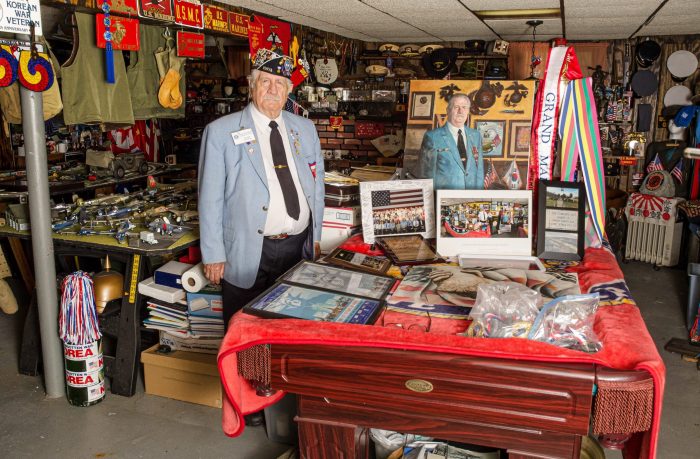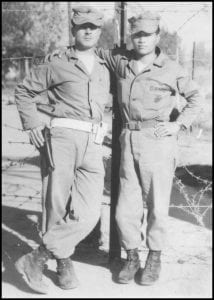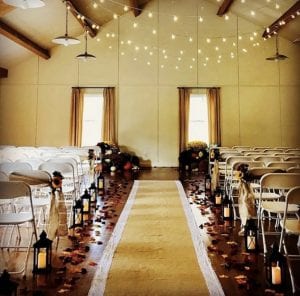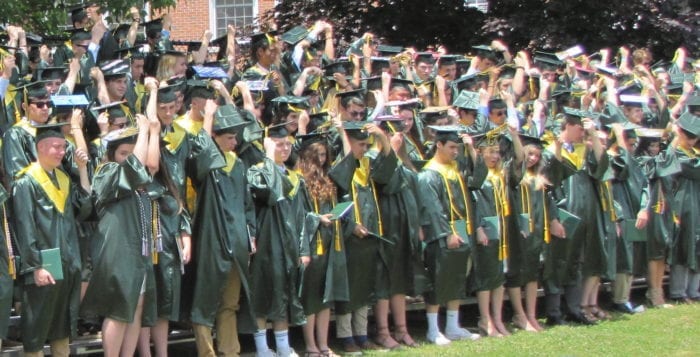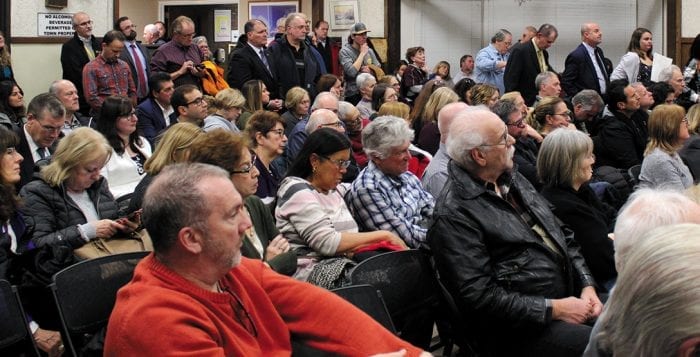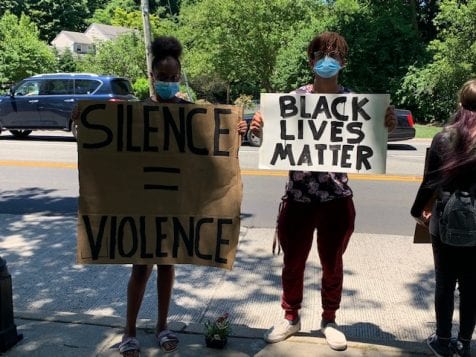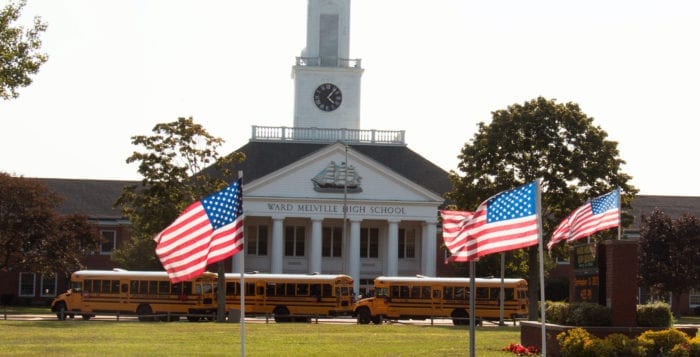East Setuket’s William Sun ended the school year on a high note.
Sun is Ward Melville High School’s valedictorian with a 105.01 weighted average. The valedictorian is planning on attending Brown University in Rhode Island to major in computer science.
Sun attended Nassakeag Elementary School and then W.S. Mount Elementary for the district’s intellectually gifted classes. Before Ward Mellville, he studied at P.J. Gelinas Middle School. While he has lived in the Three Village area all his life, his father, Yan Sun, a doctor, and his mother, Hong Tan, a nurse, are originally from China and moved here in the 1990s and now run a doctor’s office.
Sun said attending Three Village through the years he has been surrounded by brilliant peers.
“There are so many smart people in this community,” he said.
During his high school career, he has been a member of the Ward Melville High School Varsity Science Olympiad Team and was also the president of the school’s math team and computer science club. He qualified for the International Science and Engineering Fair and won a silver medal at the Long Island math research competition. The valedictorian played piano and violin in the school’s ensembles and was named an All-State pianist, qualified as an All-State alternative for violin and toured in Spain and eastern Europe in eighth- and 10th-grade, respectively, through the Metropolitan Youth Orchestra. In 2020, he was named a National Merit Scholarship winner.
Among his activities and achievements, being the director, creator and manager of Piano for Patients has been one of his favorites. He and other student-musicians would play piano in the Stony Brook University Hospital lobby and over time other musicians became involved performing with other instruments. He’s hoping before he attends college and hands over his responsibilities to a younger student that the group can do one more performance in the summer, since they haven’t been able to perform during the pandemic. Recently, he and his piano teacher Daniel Fogel have organized an online concert as an alternative way to do community service through playing piano.
In addition to Piano for Patients, he volunteered at the hospital helping out with whatever needed to be done to lighten the load for workers, whether it was moving things around, making beds or cleaning floors.
He said choosing computer science came about since he’s been involved in programming since sixth- and seventh-grade, and he also took courses at Stony Brook University where he was involved in programming as well as researching different ways to find data.
“In the future, computer science is going to have a large impact and so I want to be a part of that,” he said, adding he thinks about working at places such as Google in the future.
He said among the teachers in the Three Village school district who had an influence on him was former Gelinas teacher Gary Vorwald, who was both his earth science teacher and the head of Science Olympiad in the school. The valedictorian remembers how the teacher would stay late at school to help students.
“It was the first time that I saw passion for science, he really made me want to join the Science Olympiad,” he said.
As the school was shut down due to the coronavirus pandemic, Sun said he kept himself busy with computer science projects and learning Mandarin.
As he leaves Ward Melville behind, he said he’s impressed with the younger students.
“This is really a tumultuous time but we’ve seen some amazing things, especially from the grades that are coming up,” he said. “People are really pushing for what they believe in. What I would say is fight for what you believe in, because with what’s going on now, people are really fighting for justice and such amazing things.”

